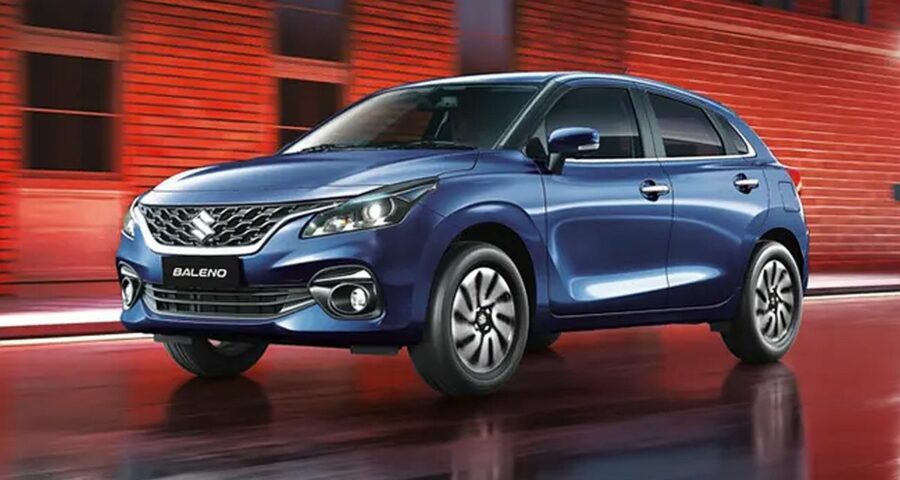The top five export models during the year were Baleno, Dzire, Swift, S-Presso and Brezza.
Shally Seth Mohile reports.
Overseas shipments at auto firms expanded at a brisk pace year-on-year (YoY) in March, bumping up the overall annual exports for FY22 and taking it to a record level for some like Maruti Suzuki India and Bajaj Auto.
Amid a semiconductor shortage, a depreciating rupee and a strong demand in various export destinations, passenger vehicle makers diverted capacity meant for the local market in favour of the more-lucrative export market.
Among the passenger vehicle makers, market leader Maruti Suzuki led the rally with its overseas shipments touching a record level of 238,376 units in FY22 — the highest for the company in any financial year.
“This is a hump and may not last,” said Puneet Gupta — director at S&P Global Mobility & Automotive forecasting.
Since the start of the pandemic — when the supply chain disruption triggered the semiconductor shortage — passenger vehicle makers have been favouring the more profitable export markets over the domestic market, said Gupta.
Owing to the chip shortage, the domestic car market has seen demand far outstripping supply for a year and half now with waitlists for some models stretching up to a year.
Mexico, South Africa, Saudi Arabia, the US and Australia are some of the export destinations for passenger vehicle makers.
Mexico is the biggest market followed by Australia, said Gupta.
The Indian rupee has been weakening against international currencies due to the ongoing geopolitical tension.
It is an opportunity for the auto companies to push exports and offset headwinds, including high commodity prices, to some extent, said an analyst at a brokerage.
In contrast to a 7 per cent YoY decline in the domestic market in the month of March, exports at Maruti rose to 26,496 units, clocking its highest ever monthly exports.
“About two years ago, we decided to mount a strong effort towards a quantum increase in exports,” said Rahul Bharti, executive director, corporate affairs at Maruti Suzuki India.
He added, “This ambition was also inspired by the two-pronged strategy” of the government to deepen localisation and multiply exports, as part of the overall “Make in India” vision.
With the strong support of its parent Suzuki Motor Corp, Maruti worked on all fronts.
Be it expansion of export product portfolio, reaching out to more geographies or expanding the distribution network.
“We were fortunate that the chip shortage had minimal impact on production of our export models,” said Bharti.
The business partnership between Suzuki Motor Corp and Toyota Motor Corp also helped in a wider customer reach, he added.
The top five export models during the year were Baleno, Dzire, Swift, S-Presso and Brezza.
Latin America, Asean nations , Africa, and the Middle East were the top export destinations.
Exports also saved the day for scooter and motorcycle manufacturers, including Bajaj Auto and TVS Motor India, that have been reeling from the impact of a protracted slowdown in the domestic market for three years now.
Bajaj Auto, India’s largest exporter of two and three wheelers —that sells its models in over 70 countries — is estimated to have shipped a record 2.5 million units in FY22.
TVS Motor, which too has been steadily stepping up exports of two and three wheelers, to offset decline in the domestic market, saw its overseas shipments at 12,50,000 units in FY22.
This compares to 879,000 units in the year before.
Source: Read Full Article


